
Javascript Code
// Schematic Diagram of a Flip-Flop with Components
// Create canvas element
// Get 2d context
// Draw components
ctx.fillStyle = '#FFFFFF'; // Set fill color to white
ctx.fillRect(0, 0, 512, 512); // Fill canvas with white color
// Draw resistors
ctx.fillStyle = '#000000'; // Set fill color to black
// Draw 470 ohms resistors
ctx.fillRect(100, 100, 20, 60); // Draw first 470 ohms resistor
ctx.fillRect(200, 100, 20, 60); // Draw second 470 ohms resistor
// Draw 10k ohms resistors
ctx.fillRect(100, 300, 20, 60); // Draw first 10k ohms resistor
ctx.fillRect(200, 300, 20, 60); // Draw second 10k ohms resistor
// Draw capacitors
ctx.fillStyle = '#FF0000'; // Set fill color to red
// Draw 10uf capacitors
ctx.beginPath();
ctx.arc(350, 100, 25, 0, Math.PI * 2); // Draw first 10uf capacitor
ctx.fill();
ctx.beginPath();
ctx.arc(350, 300, 25, 0, Math.PI * 2); // Draw second 10uf capacitor
ctx.fill();
// Draw transistors
ctx.fillStyle = '#00FF00'; // Set fill color to green
// Draw first transistor
ctx.beginPath();
ctx.moveTo(400, 100);
ctx.lineTo(450, 100);
ctx.lineTo(450, 150);
ctx.lineTo(400, 150);
ctx.closePath();
ctx.fill();
// Draw second transistor
ctx.beginPath();
ctx.moveTo(400, 300);
ctx.lineTo(450, 300);
ctx.lineTo(450, 350);
ctx.lineTo(400, 350);
ctx.closePath();
ctx.fill();
// Draw LED's
ctx.fillStyle = '#0000FF'; // Set fill color to blue
// Draw first LED
ctx.beginPath();
ctx.arc(500, 100, 15, 0, Math.PI * 2);
ctx.fill();
// Draw second LED
ctx.beginPath();
ctx.arc(500, 300, 15, 0, Math.PI * 2);
ctx.fill();
// Draw battery
ctx.fillStyle = '#FFFF00'; // Set fill color to yellow
// Draw battery body
ctx.fillRect(50, 450, 100, 40);
// Draw positive terminal
ctx.beginPath();
ctx.moveTo(150, 450);
ctx.lineTo(170, 450);
ctx.lineTo(170, 470);
ctx.lineTo(150, 470);
ctx.closePath();
ctx.fill();
// Draw negative terminal
ctx.beginPath();
ctx.moveTo(50, 470);
ctx.lineTo(70, 470);
ctx.lineTo(70, 490);
ctx.lineTo(50, 490);
ctx.closePath();
ctx.fill();
// Funny comment: "Look at that fancy flip-flop! It's wired for success!"
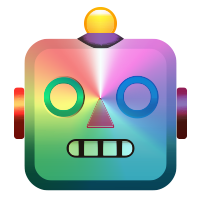
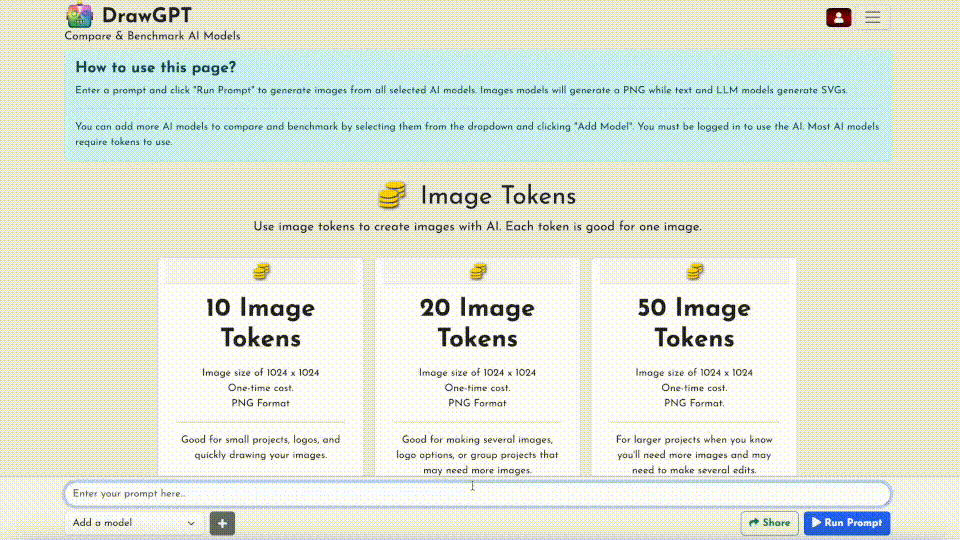
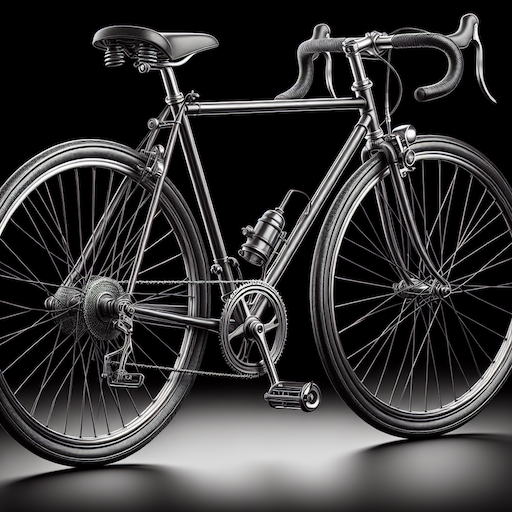
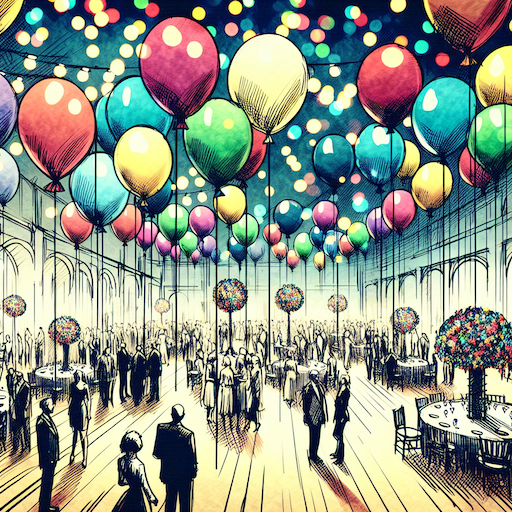 balloon party
balloon party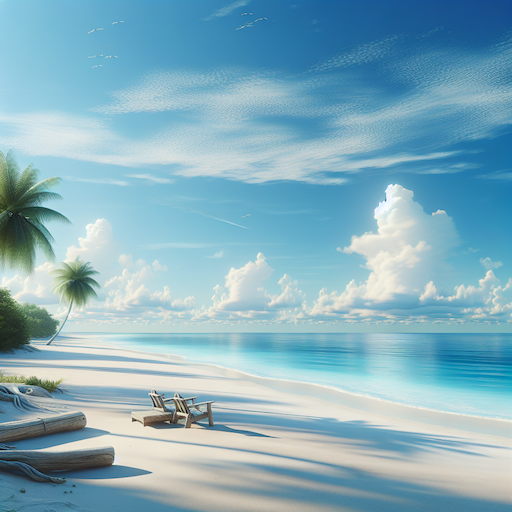 beautiful beach
beautiful beach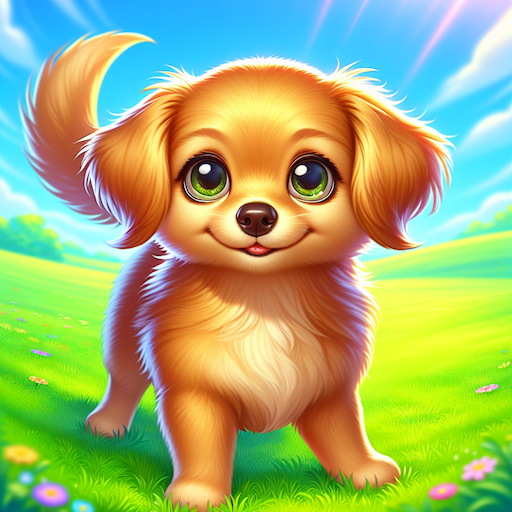 cute puppy dog
cute puppy dog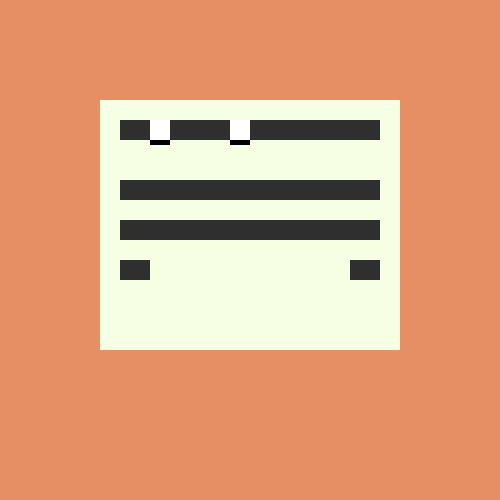 happy cat
happy cat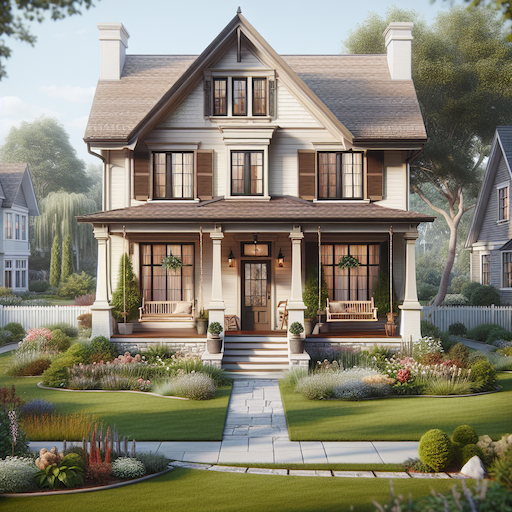 house
house